5 overrated & 5 underrated foods
Why do some less-than-healthy foods get all the attention? Clever—or misleading—marketing doesn’t hurt. Here are five overrated foods, plus five underrated stars that deserve a spot in your grocery cart.
5 overrated foods
1. Protein bars
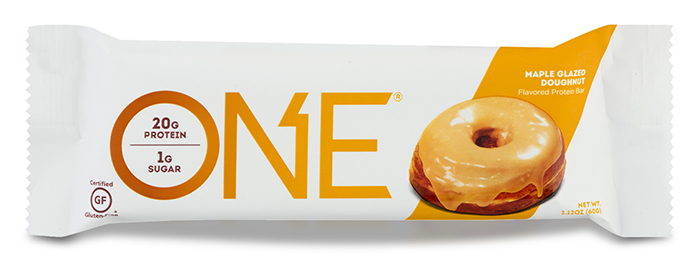
“It’s like having the doughnuts you’re not supposed to have filled with everything you are supposed to have,” says ONE about its Maple Glazed Doughnut Flavored Protein Bar.
Everything you’re supposed to have?
ONE bars are mostly protein isolates, processed fiber, sugar alcohols, palm and palm kernel oil, and (in many flavors) the sweetener sucralose, which gets our “avoid” rating (see chemicalcuisine.org). ONE’s competitors—like Quest and stevia-sweetened Protein One—aren’t much better.
Yes, they’re largely sugar-free. But they’re not chock-full of nutrient-rich real food, either. And nearly all Americans already eat plenty of protein (see Sept. 2018, p. 3). Instead, snack on a handful of fruit, veggies, or nuts.
2. Green juices
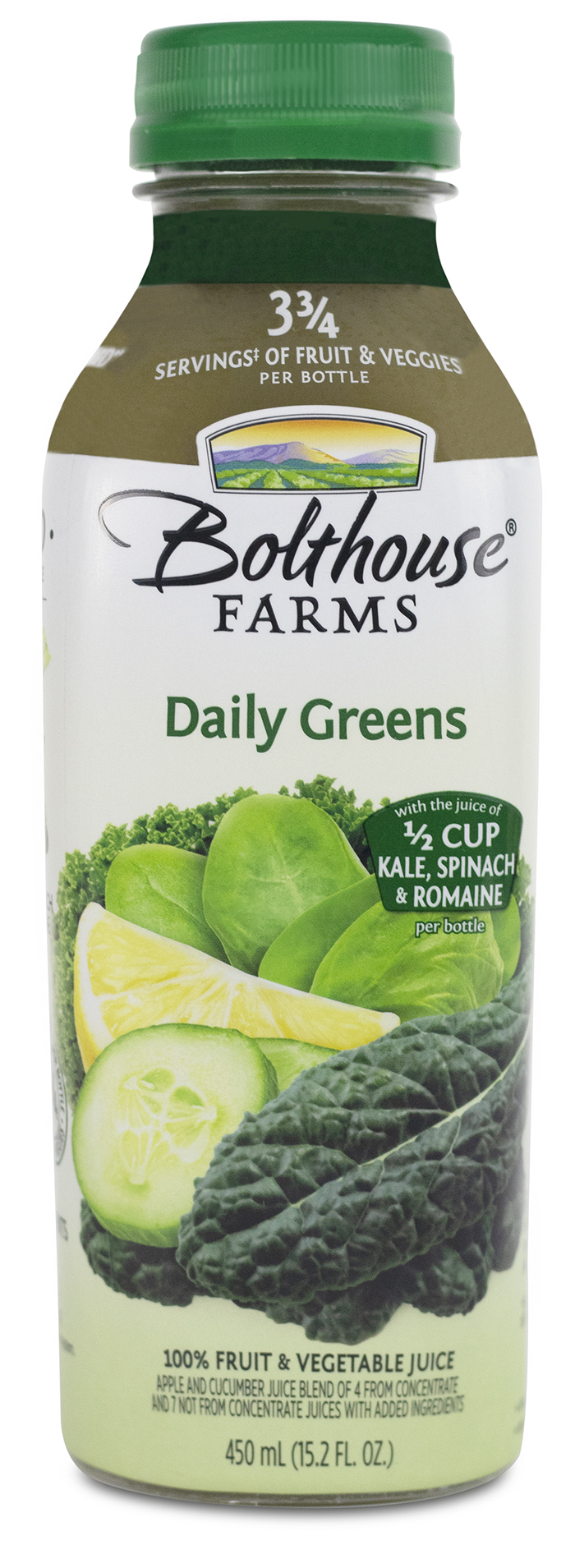
Daily Greens. Green Goodness. Green Machine. Why wouldn’t you grab one of those shortcuts to the land of kale and spinach? Answer: Apple juice.
“It isn’t always convenient to carry around a combination of cucumber, celery, romaine, kale, kiwi and other greens to snack on,” chirps Bolthouse Farms’ website. “Which is why we put their juices all together for you in this bottle.”
Oops! Forgot to mention the apple.
Daily Greens, for example, has more (nutrient-poor) apple juice than anything else. No wonder a 15 oz. bottle packs 150 calories, largely from 30 grams (7 teaspoons) of total sugars.
Some juices have less. Suja Über Greens (6 grams of sugars) is mostly vegetable juice. But it tastes like, well, vegetable juice. All that to avoid irresistible garlicky sautéed spinach, kale-and-avocado salad, or a broccoli-shiitake stir-fry?
3. Granola
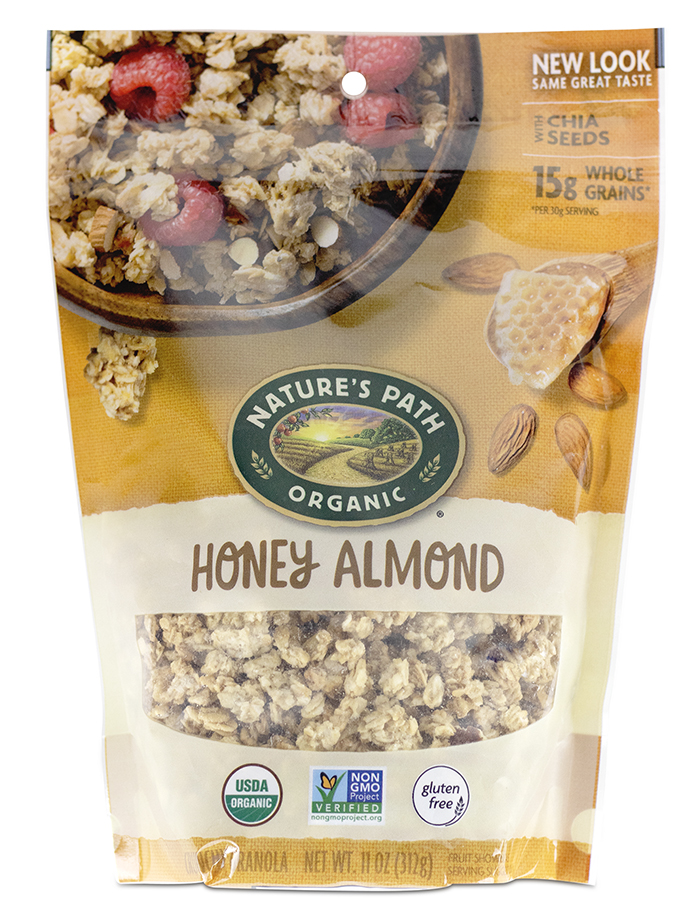
Nature’s Path Organic promises “real ingredients" and “whole grain goodness” in its Honey Almond Granola, which, like most granolas, is made with whole oats.
Too bad it doesn’t also promise honest labels. The package’s Nutrition Facts use the 1 oz. (1/3-cup) serving size for snacks, not the 2 oz. (2/3-cup) serving for dense cereals.
Some other brands, like Purely Elizabeth, also play the serving-size game.
And even a (still petite) 2/3-cup serving packs 280 calories and a quarter of a day’s added sugar. That’s typical for granola, which is calorie dense and often sugar laden.
Want a lighter, less-sugary breakfast? Start with unsweetened muesli, shredded wheat, oatmeal, or bulgur.
4. Coconut sugar
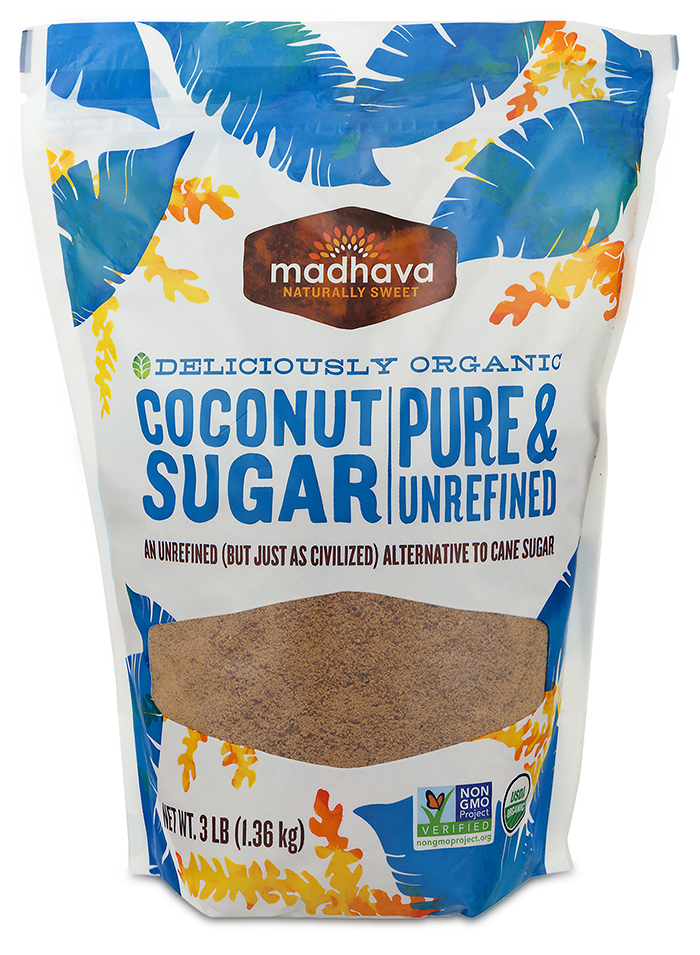
“Pure & unrefined,” crows the Madhava Coconut Sugar bag.
Coconut sugar and white sugar each starts with a liquid (coconut palm sap or sugar cane juice) that’s then boiled down to form crystals.
Coconut sugar is brown because it skips white sugar’s final refining step. But would you call that unrefined? Hardly.
Coconut sugar has “naturally occurring nutrients magnesium, potassium, zinc, iron, B vitamins and amino acids,” adds Madhava. The amounts per teaspoon? Negligible.
Nutiva Coconut Sugar boasts that it has a “lower glycemic index than cane sugar.” That means that it causes less of a spike in blood sugar levels than sucrose. But fructose is lower than both, and it’s no health food. What’s more, studies that feed people low-glycemic foods don’t find much benefit anyway (see the cover story).
Bottom line: Coconut sugar is no better than honey, agave, maple, turbinado, or any other added sugar.
5. Veggie chips
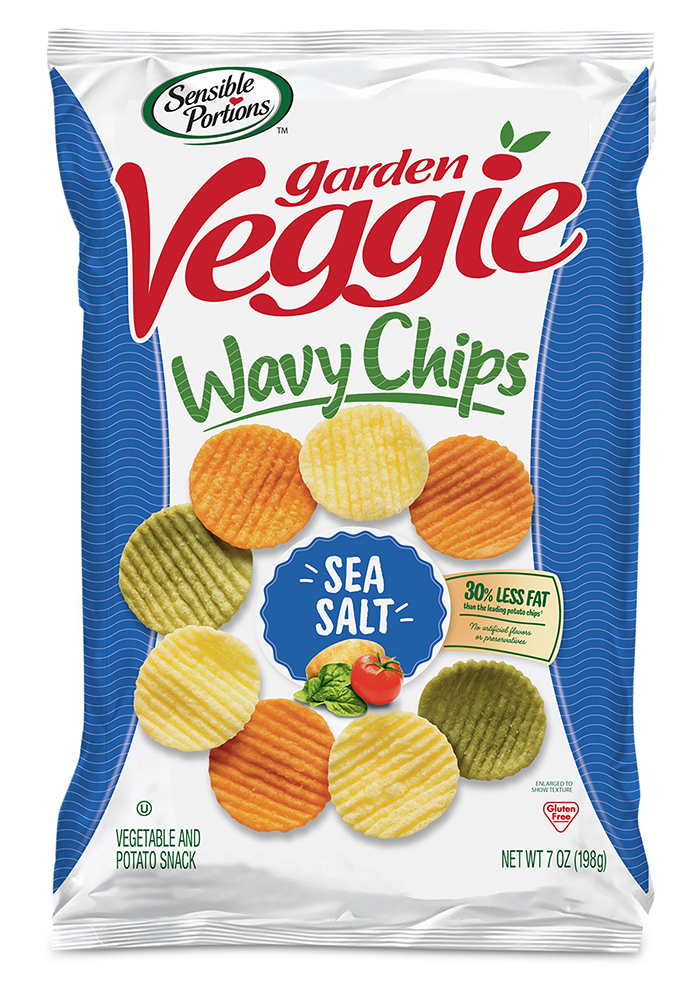
“You can satisfy your crunchy cravings in a smart and wholesome way,” promise Sensible Portions Garden Veggie Sea Salt Wavy Chips.
Smart and wholesome? Sensible Portions has more potato flour, potato starch, oil, salt, and sugar than dried spinach, tomato, or beet powder.
Other brands of “veggie” chips and crisps—like Good Health and Eat Smart—are similar. Tomato-and-spinach-hued potato chips are one of the oldest tricks in the book.
Even if veggie chips had enough pulverized greens to boost their nutrient levels, they wouldn’t be smart and wholesome. Smart is crunching on carrots, grape tomatoes, bell peppers, and other non-starchy fresh veggies that fill you up with few calories.
5 underrated foods
1. Lentils
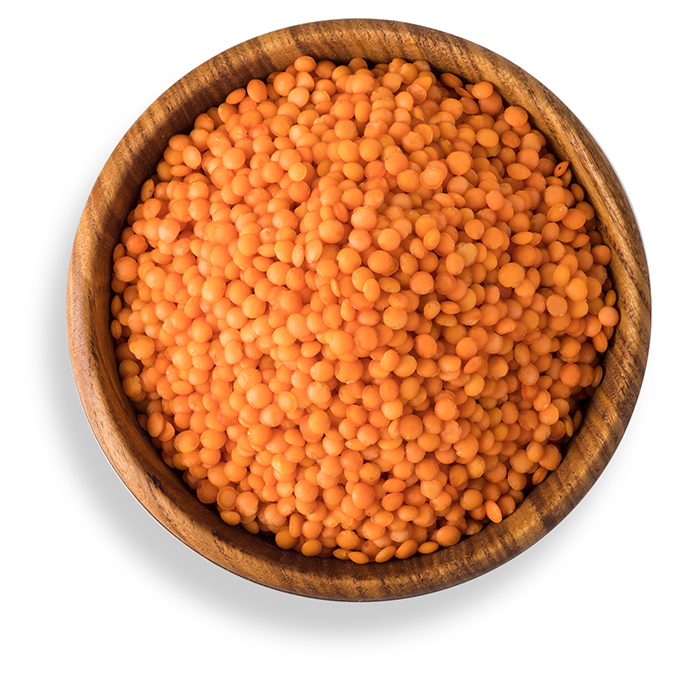
Cheap. Quick. Nutritious. How could we resist?
A half cup of cooked lentils has 9 grams of protein and a hefty 8 grams of fiber, plus a good dose of magnesium, iron, potassium, zinc, and folate and other B vitamins. For just 120 calories, that’s a deal.
Like all dried beans and peas, lentils help lower LDL (“bad”) cholesterol. And, like other plant proteins, they carry a smaller environmental footprint than meat. But unlike most other dried beans, you don’t need to soak ‘em before cooking. Yes!!!
Toss black or French lentils—they hold their shape when cooked—into a salad, or use them to replace that starchy side on your plate.
Save (less-firm) brown lentils for soup or stew. And red lentils (the softest) have their skins removed, so they cook in just 10 to 15 minutes. Use them in a thick soup or curry. Or add them to packaged or takeout Indian lentil dishes to cut the salt.
2. Cabbage
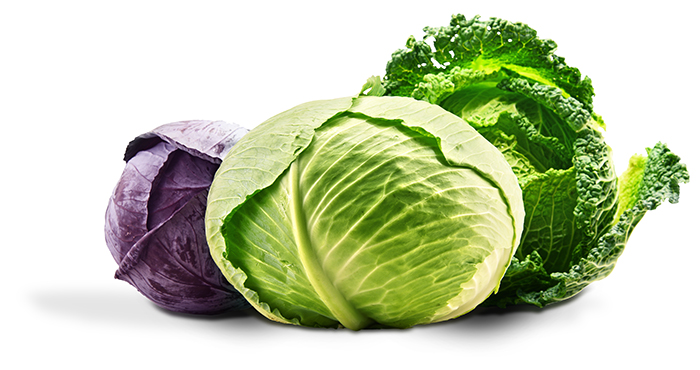
A head of green cabbage can stay fresh in the fridge for weeks and gives you plenty of bang for your buck. Feeding a small army of friends? Green cabbage goes far.
Plus, you’ve got options. There’s also the vibrant purple-red cabbage or the more delicate Napa or savoy.
A cup of shredded raw cabbage is packed with vitamins C and K, and also delivers a decent dose of folate and fiber. For around 20 calories...and a whole lot of crunch...that’s hard to beat.
Slice some into thin ribbons—or grab a pre-shredded bag—and start bulking up your meal. Use it raw for a salad or slaw that won’t wilt. Prefer cooked? Add it to stir-fries, soups, or fried rice. Mmm...
3. Pineapple
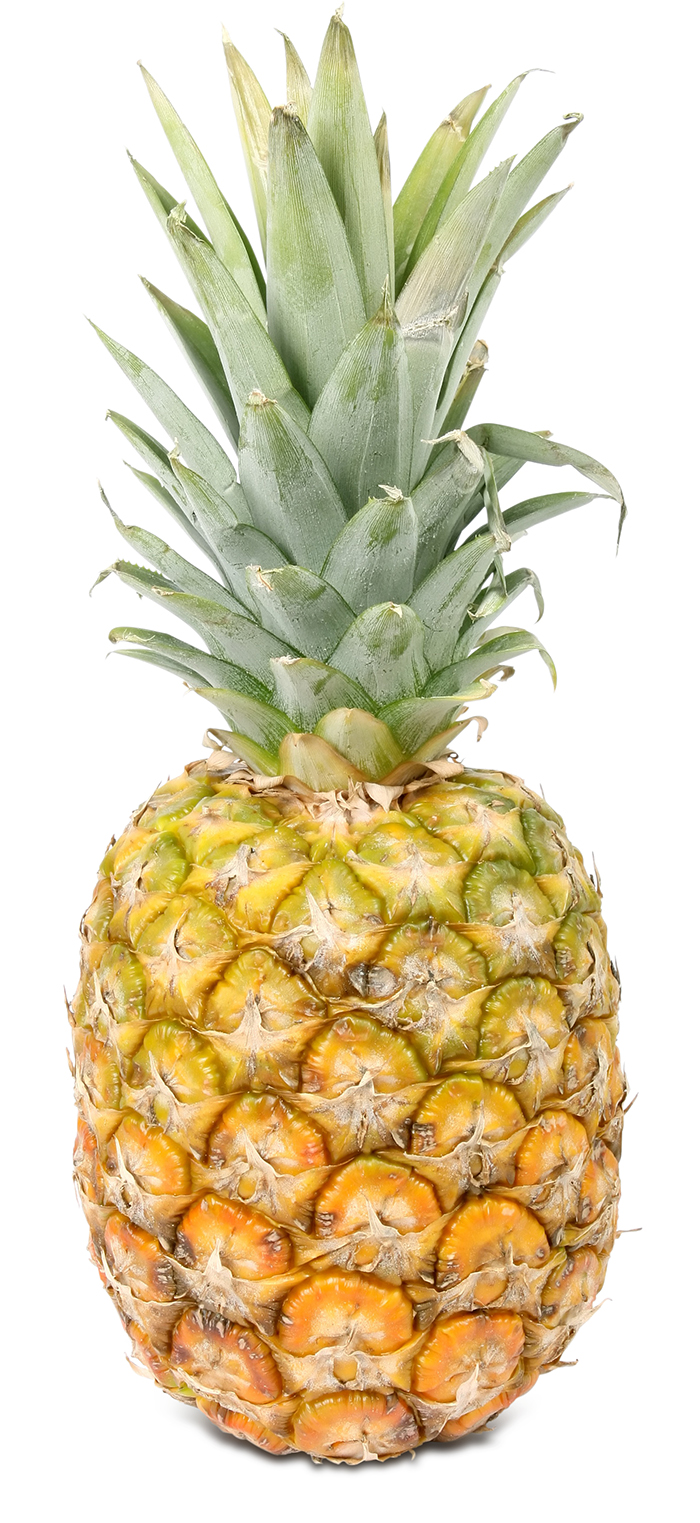
Pineapple is no slouch in the nutrient department. One cup has roughly 90 percent of a day’s vitamin C, 2 grams of fiber, and a smattering of potassium, magnesium, folate, and other B vitamins—all for only 80 calories.
But it’s not just about the numbers. Have you ever gotten a bad pineapple? You can count on irresistible, juicy fruit hiding underneath the prickly skin because pineapples are typically picked ripe. Just look for one with fresh-looking dark green leaves and a sweet smell.
Google “how to cut a pineapple” before you dig in. (Blending in a smoothie? Use frozen.) Then get chopping...and snacking. Or mix with tomato, white onion, jalapeño, and wine vinegar for a tropical salsa to top chicken, fish, or tofu.
4. Salmon pouches
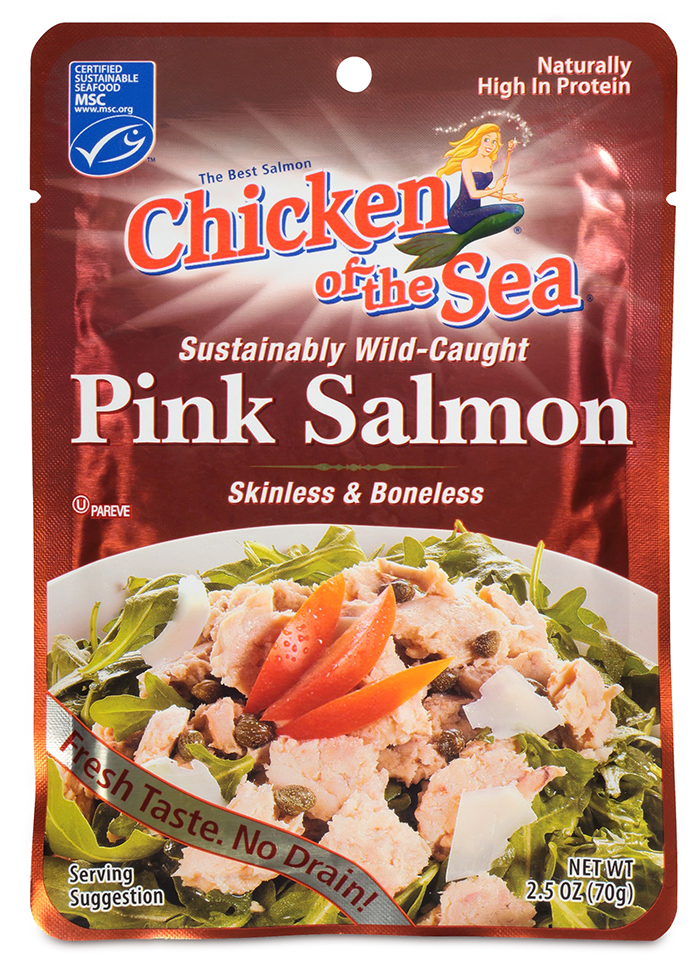
Fillets get all the attention, but salmon pouches are also superstars.
First, inside is almost always wild salmon—pink or sockeye—that has often been sustainably caught (see seafoodwatch.org).
Second, fatty fish—like salmon—can help protect your heart. They’re rich in the omega-3 fats that may matter. You get 300 to 600 milligrams of EPA + DHA omega-3 fats in a 2½ oz. pouch. Bonus: you also get around 15 grams of protein and 50 to 75 percent of a day’s vitamin D (which is rare to find in foods).
Third, pouches are easy (no draining!). Simply mix with vegetables (celery, scallions, cherry tomatoes), fresh herbs (parsley or dill), and a light dressing (olive oil and fresh lemon juice). Serve on a salad or with whole-wheat toast or crackers.
5. Bulgur
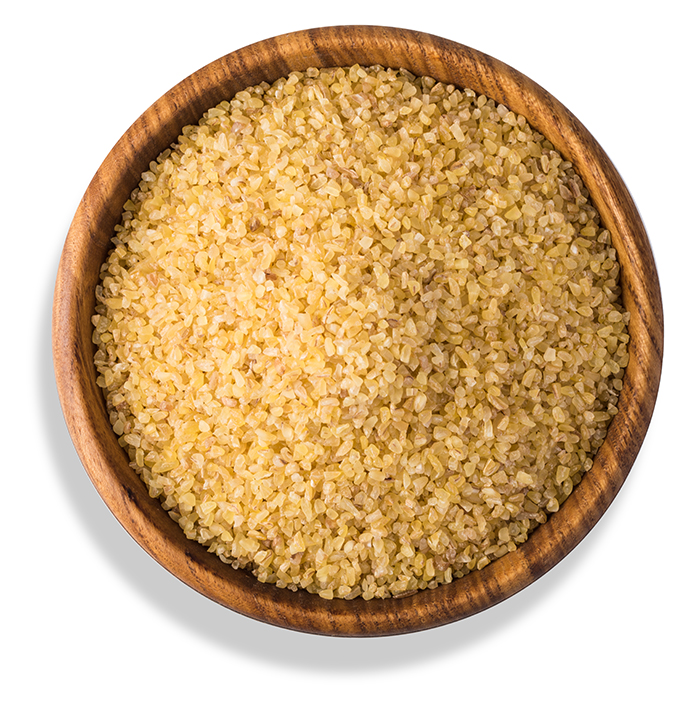
Short on time? You can’t beat bulgur. Simply add boiling water, cover for 10 to 15 minutes, and drain. Ta-dah! (Coarser bulgur needs a longer soak, or a 10-minute simmer on the stovetop.)
Bulgur—dried wheat that’s steamed and cracked—isn’t just for tabbouleh. Sub it for the side of brown rice on your dinner plate, and you’ve doubled the fiber. Or cook it with raisins or other dried fruit and top with nuts for a new spin on hot cereal.
The whole-grain goods: a ¾-cup (cooked) serving has 6 grams of fiber, 10 percent of a day’s magnesium, and a decent dose of iron, zinc, and many B vitamins.
What’s more, stores like Whole Foods sell bulgur in bulk. Whether you’re trying to sidestep excess packaging waste or want to buy only what you need, it’s a find.
Photos (top to bottom): ONE, Jennifer Urban/CSPI, Jennifer Urban/CSPI, Madhava, Sensible Portions, Gresei/stock.adobe.com, monticellllo/stock.adobe.com, NjoyHarmony/pixabay.com, Chicken of the Sea, Gresei/stock.adobe.com.
Continue reading this article with a NutritionAction subscription
Already a subscriber? Log in
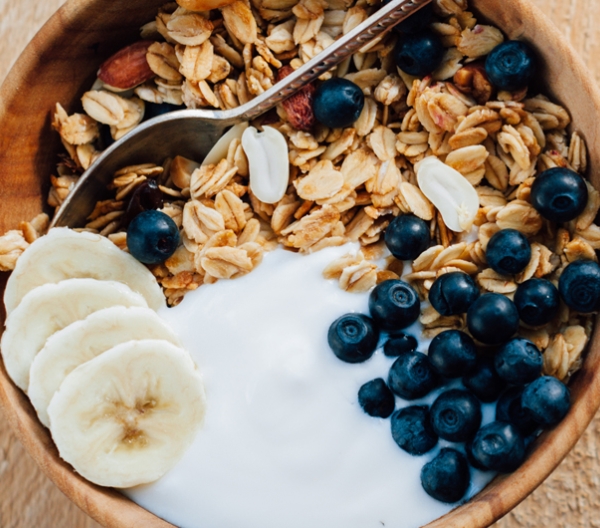
STAY IN TOUCH
Our best (free) healthy tips
Our free Healthy Tips newsletter offers a peek at what Nutrition Action subscribers get—healthy recipes, scrupulously researched advice about food of all kinds, staying healthy with diet and exercise, and more.

